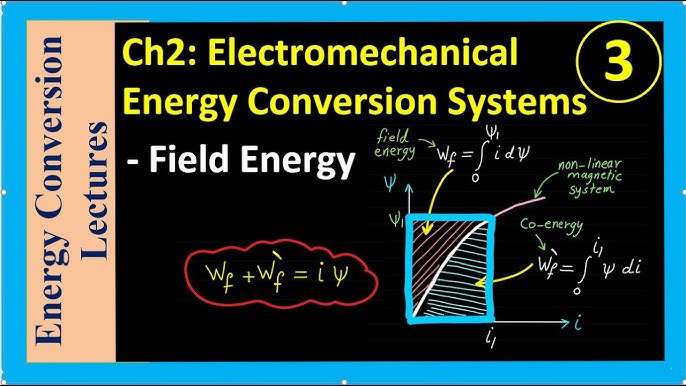Electromechanics is a field of engineering that deals with the interaction between electrical and mechanical systems. It encompasses the design, development, and application of devices and systems that convert electrical energy into mechanical energy or vice versa.
Key Concepts in Electromechanics
- Electromagnetism: The study of the interaction between electric charges and magnetic fields.
- Electromechanical Conversion: The process of converting electrical energy into mechanical energy or vice versa.
- Electromagnetic Induction: The process of generating an electromotive force (EMF) in a conductor when it is placed in a changing magnetic field.
- Electromechanical Actuators: Devices that convert electrical energy into mechanical motion.
- Electromechanical Sensors: Devices that convert mechanical energy into electrical signals.
Applications of Electromechanics
Electromechanical systems are used in a wide range of applications, including:
- Motors and Generators: Electric motors convert electrical energy into mechanical energy, while generators convert mechanical energy into electrical energy.
- Robotics: Robots are complex electromechanical systems that combine mechanical components, sensors, and actuators to perform tasks.
- Automation: Electromechanical systems are used to automate various industrial processes, such as manufacturing and assembly.
- Medical Devices: Many medical devices, such as MRI machines and pacemakers, rely on electromechanical principles.
- Automotive: Electric vehicles, hybrid vehicles, and various automotive components incorporate electromechanical systems.
Challenges and Future Directions
While electromechanical systems have made significant advancements, there are still challenges to overcome:
- Efficiency: Improving the efficiency of electromechanical systems is a constant goal.
- Miniaturization: Developing smaller and more compact electromechanical devices is a growing trend.
- Integration: Integrating electromechanical systems with other technologies, such as electronics and software, is becoming increasingly important.
- Sustainability: Designing electromechanical systems that are energy-efficient and environmentally friendly is a priority.
As technology continues to advance, we can expect to see even more innovative and sophisticated electromechanical systems that will shape our future.
